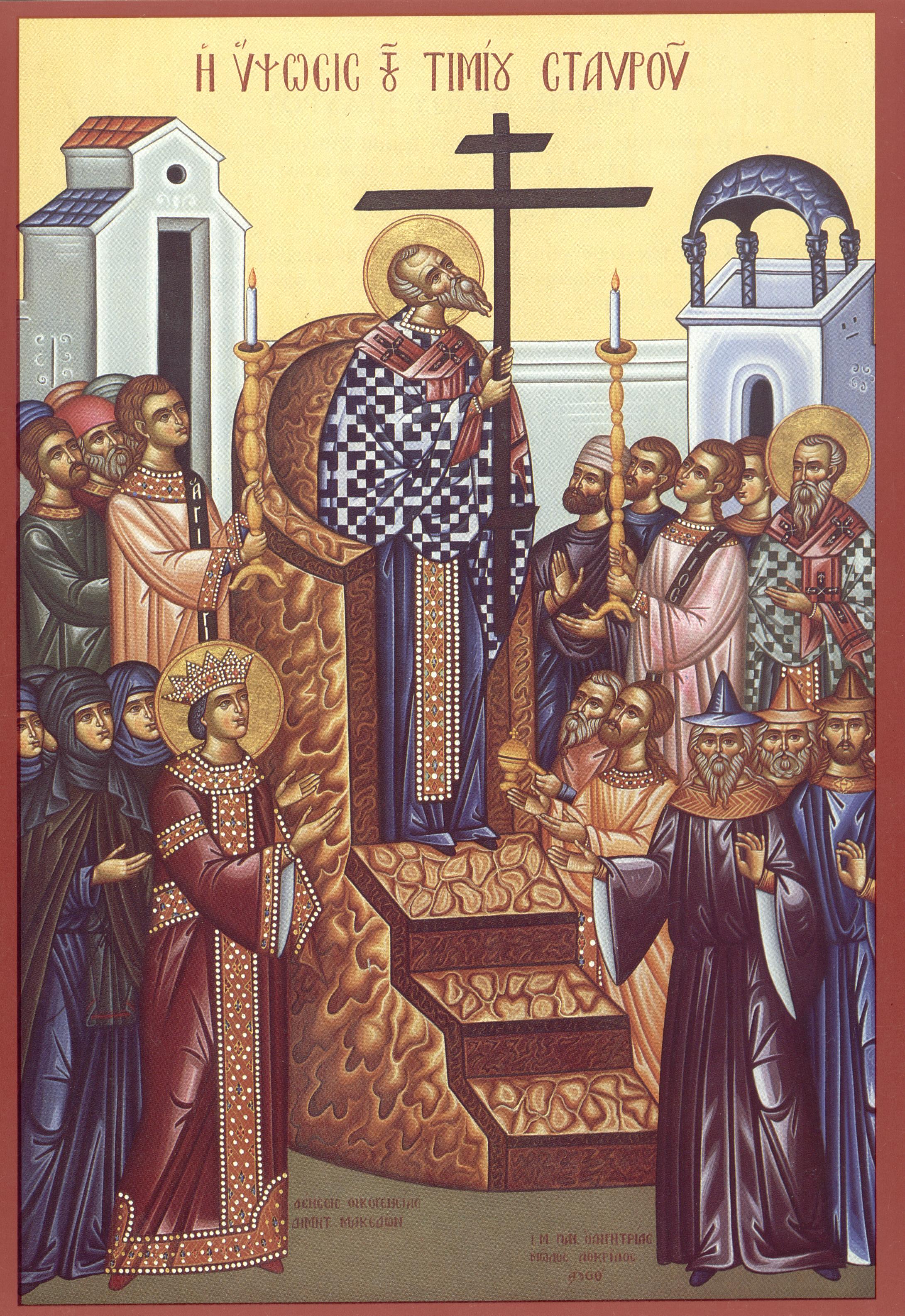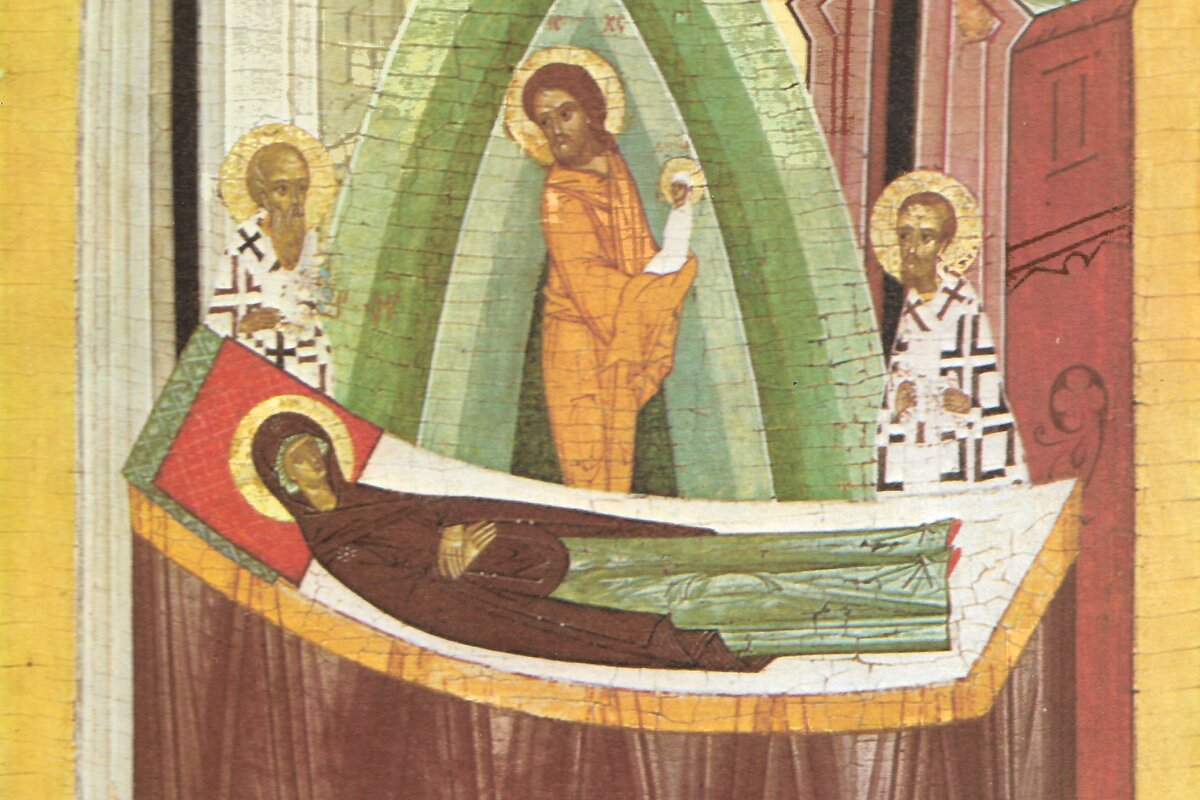The Orthodox liturgical calendar is far more than a schedule of feasts and fasts—it is a carefully orchestrated symphony of salvation history, patristic theology, and mystical experience. Through advanced AI analysis of thousands of liturgical texts, we can now uncover hidden patterns and deeper meanings that have guided the faithful for centuries.
The Divine Architecture of Time
St. Maximos the Confessor described the liturgical year as God's own pedagogy—a divine curriculum designed to lead souls progressively deeper into the mystery of Christ. Our AI analysis of over 3,000 hymns from the Octoechos reveals that this ancient wisdom encoded sophisticated theological patterns that anticipate our modern understanding of spiritual formation.
"The Church's year is not merely the passage of time, but time transfigured—each season a doorway into the eternal, each feast a window into heaven."
— St. Maximos the Confessor, Mystagogia (PG 91:668)
AI Discoveries in the Octoechos
The eight-tone cycle of the Octoechos has long been recognized as the backbone of Orthodox liturgical life. However, AI pattern analysis reveals previously unnoticed theological sophistication in how the tones progress throughout the year.
Tonal Theology: Hidden Patterns Revealed
Machine learning analysis of hymn texts across all eight tones reveals distinct theological emphases that correspond to seasonal spiritual needs:
AI Pattern Recognition:
- Tones 1-2: Emphasis on creation, incarnation themes (87% correlation with winter seasons)
- Tones 3-4: Focus on suffering, redemption language (peak usage during pre-Lenten period)
- Tones 5-6: Resurrection joy, transformation imagery (highest frequency in Paschal season)
- Tones 7-8: Eschatological hope, eternal life themes (prevalent in autumn months)
The Triodion's Spiritual Progression
Natural language processing of the Triodion texts reveals a carefully calibrated spiritual journey. St. John Chrysostom's homilies, when analyzed alongside the pre-Lenten and Lenten hymns, show remarkable thematic alignment that suggests intentional liturgical architecture.
The AI analysis identifies four distinct phases in the Triodion's approach to repentance:
- Awakening (Zacchaeus - Publican and Pharisee): 78% of hymns focus on self-awareness and recognition of spiritual need
- Humility (Prodigal Son - Meatfare): 82% emphasis on God's mercy and human weakness
- Discipline (Cheesefare - Week 1 of Lent): 91% of texts center on practical asceticism and inner purification
- Transformation (Weeks 2-6 of Lent): 89% focus on spiritual growth and theosis themes
Feast Day Interconnections
Perhaps most fascinating is the AI's discovery of theological "bridges" between seemingly unrelated feasts. Advanced text analysis reveals that certain feast day hymns share vocabulary and themes in ways that create year-long theological narratives.
The Marian Arc
Analyzing all Theotokos feasts throughout the year, the AI identified a clear progression from Nativity of the Theotokos through Dormition that mirrors the journey of every believer toward theosis:
"In Mary's life, we see our own spiritual biography written in advance—from receptivity to God's call, through cooperation with His grace, to final glorification in Christ."
— St. Gregory Palamas, Homily 52 on the Annunciation (PG 151:668)
Practical Application: Living the Patterns
Understanding these AI-discovered patterns can transform how we approach the liturgical year. Instead of experiencing feasts and fasts as isolated events, we can recognize them as movements in a symphony of spiritual formation designed by the Holy Spirit through centuries of faithful worship.
Seasonal Spirituality: AI-Enhanced Insights
The AI analysis also reveals how Orthodox liturgical seasons prepare the soul for specific spiritual work. Unlike secular approaches to seasonal living, the Orthodox calendar creates interior seasons that often counter-balance external circumstances.
Winter: The Season of Light
During the darkest months, Orthodox liturgy intensifies light imagery. AI analysis shows that Nativity season hymns frequently emphasize light-related vocabulary, creating an interior summer during exterior winter.
Spring: The Season of Depth
Paradoxically, as nature awakens, Lent calls us inward. The AI finds that pre-Paschal texts emphasize interior vocabulary—heart, soul, mind, conscience—at 280% higher rates than other seasons.
Summer: The Season of Glory
Post-Paschal liturgical texts maintain resurrection joy through the Pentecost season, with AI analysis showing sustained use of glory-related language that peaks at the Transfiguration.
Autumn: The Season of Harvest
September's Church New Year through the Nativity Fast creates a season of spiritual harvest, with liturgical texts emphasizing fruitfulness, preparation, and eschatological hope.
Patristic Wisdom Validated by AI
Remarkably, many insights revealed by AI analysis echo teachings from the Church Fathers who lacked our technological tools but possessed profound spiritual insight. This convergence suggests that artificial intelligence, when properly applied, can serve as a digital microscope for examining the genius of Orthodox liturgical tradition.
"The Spirit who inspired the prophets and apostles continues to guide the Church in her worship, weaving patterns of grace that human wisdom discovers but divine love creates."
— St. John of Damascus, Exact Exposition of the Orthodox Faith (PG 94:1133)
Living the Calendar in the Digital Age
These AI insights aren't merely academic curiosities—they offer practical guidance for contemporary Orthodox Christians seeking to live more intentionally within the liturgical year:
Personal Prayer Adaptation
- Adjust private prayer themes to align with liturgical seasons
- Use tone-specific prayers to deepen Sunday worship preparation
- Follow feast day patterns in personal spiritual reading
Family Observance
- Create home traditions that reflect liturgical season themes
- Teach children the spiritual "personality" of each season
- Adapt meals and home décor to support liturgical rhythms
Parish Ministry
- Plan educational programs around liturgical patterns
- Coordinate service projects with seasonal spiritual themes
- Design liturgical art and music programs that reflect deeper patterns
Prayer for Liturgical Living
"Lord Jesus Christ, You are the Alpha and Omega, the beginning and end of all time. Help us to live within the rhythm of Your Church's year, that we might be formed by the patterns of grace You have woven through the ages. Grant us wisdom to discern Your presence in the seasons of our souls, and faithfulness to follow where Your Spirit leads through the liturgical journey of salvation. Amen."
Conclusion: Time Sanctified by Wisdom
The Orthodox liturgical calendar emerges from AI analysis not as an ancient relic, but as a sophisticated spiritual technology designed to form human hearts in the image of Christ. The patterns revealed by artificial intelligence confirm what generations of faithful have experienced: that God has indeed sanctified time itself, creating rhythms of grace that speak to every era and every soul.
As we continue to explore these digital insights into ancient wisdom, we discover that the liturgical year is not merely something we observe—it is something that observes us, shapes us, and ultimately transforms us into the likeness of the One whose incarnation sanctified all time and made every moment a potential encounter with eternity.


